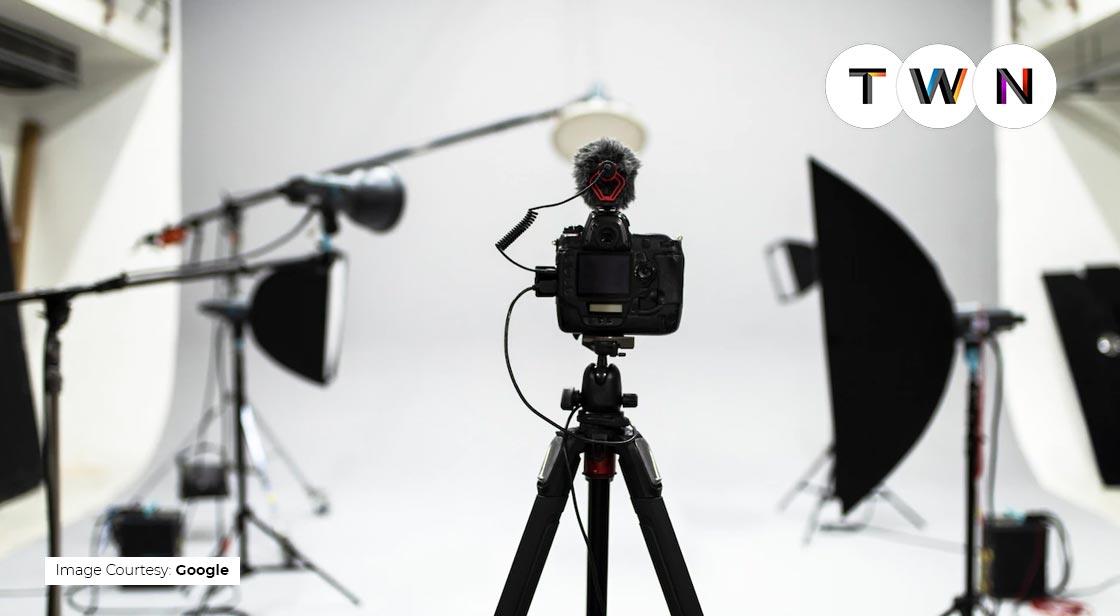Use Three Point Lighting To Make Your Photo Perfect

Blog Post
Are you interested in Photography? Then try to make your photos look bright and Original. Follow the main Rules of lighting. Lighting is the best way to make your photo look real. And the main part of the lighting concept comes from Three- Point Lightings. Now, to know more in detail, read the below article.#ThinkWithNiche
Lighting can highlight important details or hide them. It can flatter a subject by bringing out positive attributes, and it can de-emphasize or hide less attractive qualities. Lighting can even impart an ominous and hostile look. It all depends on how you choose to use the concepts. You can convey a wide variety of tones and moods just by altering a video or photo's lighting direction. Learn how to control and improve your work and see how big of a difference lighting direction makes. One of the most important factors in determining the mood of your photos or videos in the direction from which the light comes. You can light a subject from any direction, from above, from the side, from behind, and from below. For this, you need to know the three basic lighting concept that is called the “Three-Point Light Setup”.
1. Key Light
The first light, called the key light, creates the basic illumination for the scene; you might think of it as the sun. This is the primary as well as the brightest light source in the three-point lighting setup. It gives a scene its overall exposure. Place the lamp to one side of the camera and above it. How far you place the light from the camera is a matter of taste. The farther you move the light from the camera, the more pronounced the shadows will be, making your subject more dimensional, but you don't want to overdo it. You might place the lamp at an angle of 20 degrees to 45 degrees to one side and 30 degrees to 45 degrees above the subject. When working with a single light, you keep it closer to the camera to downplay the shadows. When you have two lights, the second light takes over the job of downplaying the shadows. A naked key light may be too harsh for video portraiture: every zit and wrinkle will show. This primary light creates the mood of a scene. Depending upon its position and the supplemental lights used in the overall lighting, it can create a high-key image or a low-key.
2. Fill Light
The second light, the fill light fills in the shadows you just made. Mirroring the key light on the opposite side of the camera, the fill light literally, fills in the shadows that the key light creates on a subject, bringing out details in the darkness. Typically, this secondary light is less bright than the key, and cinematographers control the overall feel of their shots based on how much they dim or lighten the fill light. This light is generally placed 20 degrees to 45 degrees to the side and 30 degrees to 45 degrees above the camera-to-subject-axis just like the key light but on the opposite side of the camera from the key light. The fill light is generally softer, not making strong shadows of its own, but mitigating the shadows made by the key light. The fill light generally has a larger reflector and scrim to weaken the light and soften its effect. The fill light shouldn't be as strong as the key light; you don't want to erase the shadows, just diminish them to the point where they add subtle dimensionality. The fill light maybe half the wattage of the key light or be placed farther from the subject, weakening the light, or be developed or trimmed to weaken the light. The fill light may often be dimmed up to 20% without ruining your color temperature. Together with the key light, the fill light determines the mood of a scene.
3. Backlight
Three-point lighting adds the third light, a back or modeling light that sets the subject off from its background. This creates a rim of light or outline around their head that pushes the subject away from the background and gives a sense of depth. The backlight, which is a hard, focused light, positioned 45 degrees to 75 degrees up from horizontal behind the subject, places a rim of brightness around heads and shoulders. Position the light far enough out of the scene so that it doesn't shine into your camera lens. Make the light bright enough to do the job without being obvious. A Light source coming from directly behind a subject results in a framework. Light coming from behind and above is a good complement in portrait photography. To get your subject silhouetted make sure your exposure is set for the light, not the subject. Typically, cinematographers position the backlight directly behind the subject or high enough to be out of frame, opposite the key light, and pointing at the back of the subject’s neck.












